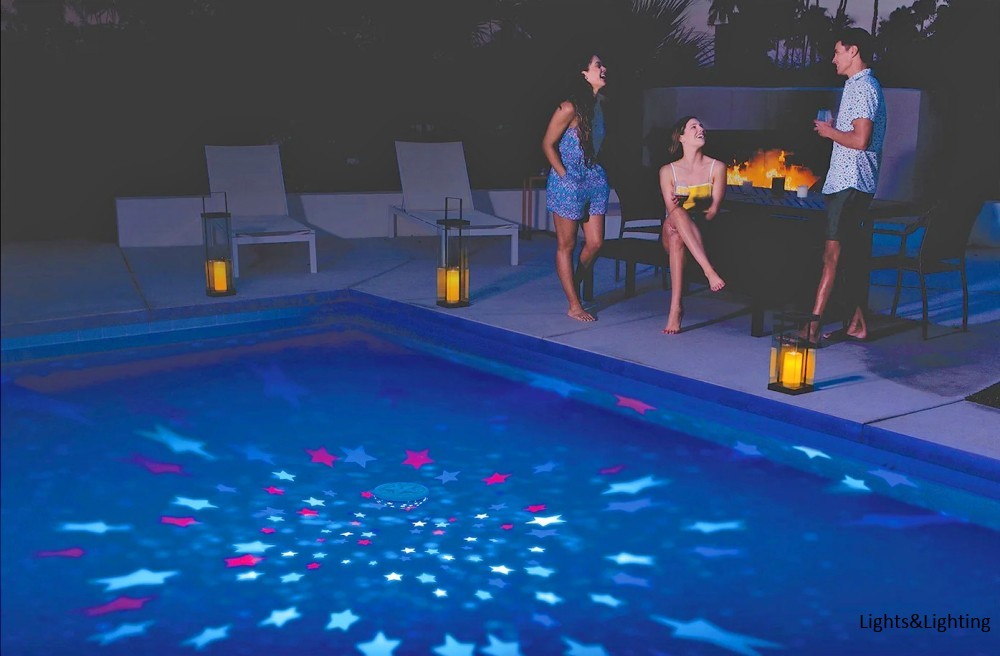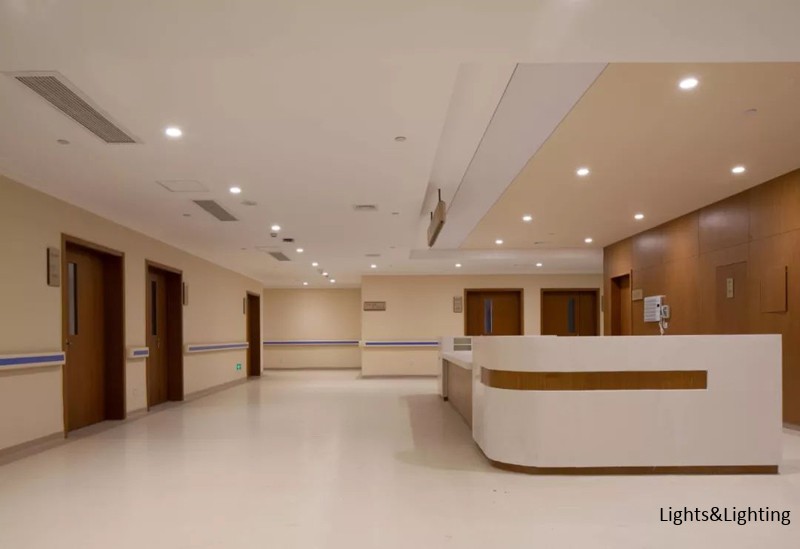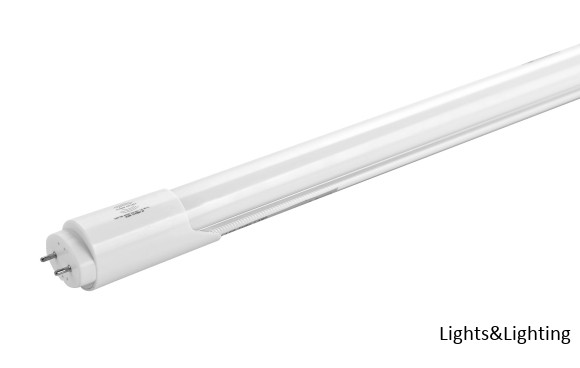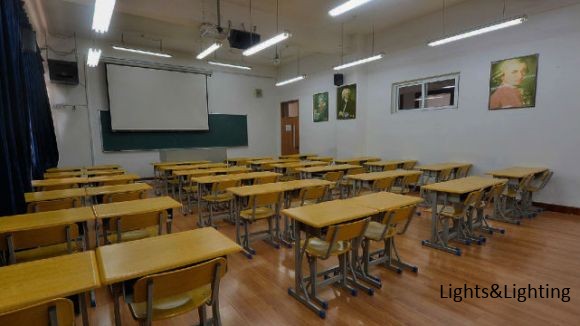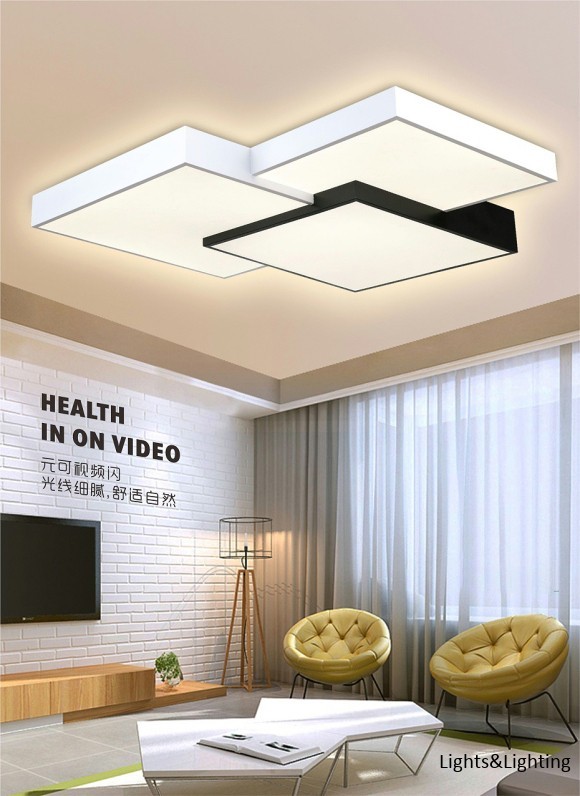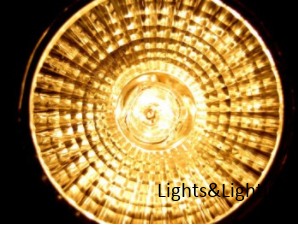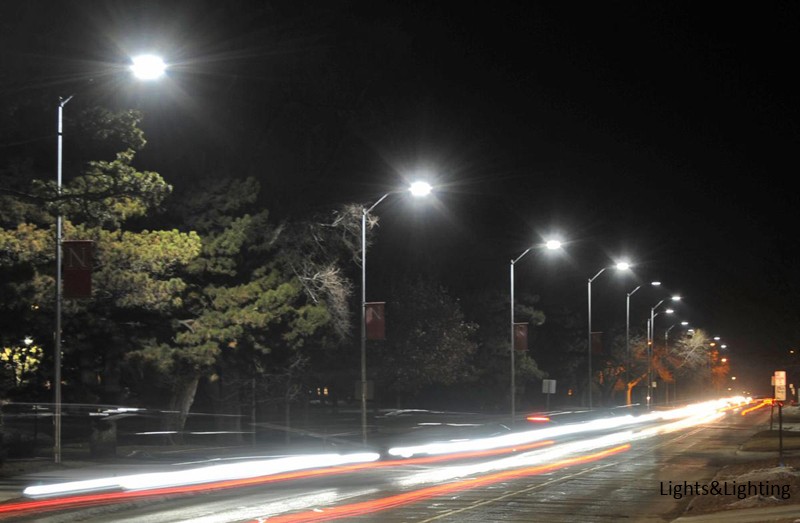LED medical lighting has a bright future or leads a new era of health lighting
This is an era of brainstorming, but also an era of pursuit of quality. In an era when the support of science and technology is getting stronger and stronger, people are paying more and more attention to the quality of life, health and safety, and the demand for lighting is not only on the surface. Applied to help "seeing", it pays more attention to the deep "invisible" impact of lighting products on people. The requirements for lighting are getting higher and higher, and new requirements are put forward for the comfort and health of the lighting environment.
At present, the country's increasing attention and investment in medical and health and national health has caused the demand for health lighting to rise day by day. With the advancement of technology and the deepening and expansion of research, the relationship between light and health has been increasingly affected. It has been discovered that a series of thematic research is being carried out or deepened, such as light and non-visual biological effects, light medicine, healthy light environment, etc., around healthy lighting, more cross-border, cross-field and cross-disciplinary cooperation is gradually unfolding.
At the same time, after the emergence of LED lighting, it also brings challenges to the original evaluation methods and systems in the lighting field, such as how to evaluate the health and comfort of LED products, and new changes are also taking place. The era of healthy lighting has come.
Bright prospects for light and health research-promising
The scientific research of lighting continues to deepen, and the relationship between light and health is increasingly being discovered by humans. For example, lighting has expanded to the field of non-visual biological effects. Many studies have shown that the non-visual effects of light on the human eye pass through the retina. The light sensed by the ganglion cells can affect the release of melatonin, sleep and biological rhythms at night. Regarding the research on the effect of light color on human physiological parameters, Professor Lin Yandan of Fudan University once said that the research results show that light has the advantages of changing the rhythm of life, inhibiting the secretion of melatonin, increasing core temperature, accelerating heart rate, and increasing alertness. . Therefore, it has broad application prospects in the future, such as the treatment of seasonal affective disorder and the use of red and yellow night lights to help sleep.
In fact, human-oriented healthy lighting has been deeply rooted in the hearts of the people. The evaluation of color quality, visual environment, and the impact of lighting on human biological rhythms and the effects on animals and plants have all become the focus of research by scientists. At the 28th Congress of the International Commission on Illumination (CIE) held at the University of Manchester this year,
Lighting and human life, color science and quantitative models, measurement and evaluation of lighting scenes, evaluation, measurement, and measurement of glare have become the hottest topics. The photobiological safety of lamps and lamp systems, blue light problems, glare, and visual flicker caused by light sources and their systems, which are considered to have an impact on human health, are still the focus of the industry.
At the same time, related measurement, testing, and evaluation research are also under continuous research, such as visual, health and environmental research of building windows, evaluation of light source color rendering, photobiological safety measurement of light source, stray light index evaluation method of array spectrometer, light source Flicker evaluation, measurement of non-visual effects, Sichen vision test, the effect of lighting products on human visual fatigue, etc.
In addition, research on visual health and comfort in the field of human health in lighting, display, visualization products, etc. is also being carried out. Cai Jianqi, an associate researcher at the China National Institute of Standardization, said that human health is mainly light health research to evaluate the impact of products on humans. Health and safety influences, including circadian rhythm, vision, brain, skin, psychological cognition, etc., which effectively guide product design and development for human health. Its research and development features mainly include human health design; objective measurement of the product’s impact on human functions and perception; large samples of human factors test data; objective and accurate artificial intelligence evaluation models; product development and design improvements, etc. The core goals are It is to improve the safety and health attributes of products.
At the same time, he said that in the SSL product testing and measurement, the impact of lighting products on human visual fatigue is also one of the important evaluation factors. With the advancement of technology, including the development of photometry, colorimetry, optometry, ophthalmology, modern medicine and biomedicine, "visual human factors" has emerged to effectively evaluate light quality.
From non-visual to visual human factors, the interdisciplinary and cross-border research of healthy lighting will become a general trend with broad prospects, and healthy lighting will also be the focus of the industry for a long time. Among them, this year's On November 4, the "Health and Lighting" sub-forum of the 12th China International Semiconductor Lighting Forum (SSLCHINA 2015) will be held at the Shenzhen Convention and Exhibition Center. The forum will also focus on healthy light environment, standards, intelligence, and product applications. Existing problems. From the health and comfort evaluation methods of LED products, the research and standard construction of healthy lighting, the study of the effect of light environment on human visual function, the study of the mechanism of blue light damage to the human eye retina, the development status of light medicine, the application of LED lighting in medical treatment, and the light environment In multiple topics such as system intelligence, a comprehensive description of healthy lighting products and healthy light environment.
Medical lighting has great potential-it is promising.
When it comes to health lighting, medical lighting can't be ignored. With the increase of national attention and investment in medical care and national health, the demand for medical lighting is increasing day by day, which makes the medical device industry develop rapidly, and at the same time, it brings unprecedented new opportunities and challenges to the development of LED medical lighting.
CsA data analysis shows that from 2011 to 2015, the total export of medical lighting lamps in China increased rapidly. In the first half of 2015, the export of medical lighting lamps in China reached US$ 13 million, an increase of about 34% compared with the first half of 2014. With the improvement of technology and the urgent demand of society for medical lighting, China's medical lighting will eventually break out in an all-round way.
Xiong Daxie, director of the Medical Optics Research Office of Suzhou Institute of Biomedical Engineering Technology, Chinese Academy of Sciences, once said that the current medical application fields covered by LED include psychotherapy, ultraviolet curing, POT treatment, photochemistry, skin rejuvenation and disease treatment, etc., and the medical application fields corresponding to different wavelengths are different, such as disinfection and sterilization, biochemical instruments and phototherapy instruments; Infrared physiotherapy instrument; Medical endoscope, surgical shadowless lamp, surgical microscope, etc. are all in different wavelength ranges, and different wavelengths also enable LED light sources to be suitable for various medical fields.
Xiong Daxi pointed out that LED can also play a role in medical diagnosis and treatment as well as optical therapy. For example, in photodynamic therapy of cancer, the biological effects of human tissues on different wavelengths of light can be used to treat diseases, and its advantages are very obvious, such as non-invasive and painless treatment, convenient treatment, low cost and small side effects. Moreover, LED can also be used for optical acupuncture treatment, optical hair enhancement, optical physiotherapy, etc., and can also fully combine the characteristics of LED to provide better treatment schemes for patients.
Tian Yan, director of dermatology department of Beijing Air Force General Hospital, said that LED light source is a kind of non-thermal light source, which has the advantages of no harm to skin when applied in skin cosmetology medicine, and LED has the theoretical basis for biomedical application, such as light stimulation effect is mainly related to wavelength, irradiation dose and irradiation mode; Coherent light and polarized light are not necessary conditions, etc. Therefore, the application of LED in dermatology has attracted more and more attention of scholars and doctors. It can be predicted that LED will play a greater and wider role in biomedical field, and the prospect is promising.
Since 2002, when American scholars discovered the third photosensitive cell, people began to pay attention to the biological effect of light on human body. By controlling the day and night system, light can affect the health of patients and medical staff. Research shows that if bright light is given during night shift work, it can improve mood and sleep, and effectively relieve the troubles of night shift workers (such as doctors and nurses). In addition, light can also improve depression, sleep and pain.
In the construction of lighting environment in medical buildings, Professor Hao Luoxi of college of architecture and urban planning believes that it is necessary to comprehensively consider the needs of patients, medical staff, visitors and managers, and take this as a starting point to put forward meaningful and innovative lighting schemes. In the future, personalized lighting demand will become the development trend of medical space lighting, and people-centered design, besides considering patients, the physical and mental health of medical staff is also an important issue that designers need to consider.
In fact, from the perspective of green building, how to achieve the maximum energy saving when green medical buildings meet the comfort of light environment. Therefore, the architectural lighting design in green medical should meet the evaluation of lighting energy-saving effect, realize the evaluation of on-demand lighting design through intelligent control system, and at the same time, choose high-efficiency and energy-saving lighting products, which is also very critical.
The research and practice of health lighting is in the ascendant, the research is progressing, and the practice of the industry has already started. Among them, on November 1st, 2014, the Health and Medical Lighting Working Group of CSA Application Promotion Committee, sponsored by the National Semiconductor Lighting Engineering R&D and Industry Alliance Application Promotion Committee and the Logistics Management Committee of China Hospital Management Association and undertaken by Chongqing Bangqiao Technology Co., Ltd., was established, hoping to build a seamless docking platform for all walks of life in the field of LED medical lighting, give full play to the positive role of this platform through the joint efforts of all parties, and accelerate the promotion of LEDs.
The working group will closely combine the use of Industry-University-Research, especially the clients of major hospitals. With the increasingly perfect logistics management requirements of hospital associations, hospitals will have more demands in lighting, medical devices and equipment in the future. From the research point of view, some medical experts with rich clinical experience also actively participated in the working group, such as dermatology, ophthalmology, neurology, endocrinology, etc., which accumulated rich resources for the development of health and medical lighting in the future.
The research of LED in the field of medical application has just started, but there is no doubt that LED has a broad prospect in medical treatment and great potential, which is promising in the era of healthy lighting.
